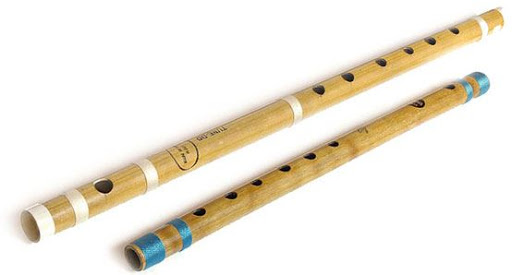Tavsif
Oltita teshigini barmoqlar bilan bekitib-ochib, puflab chalinadigan musiqa asbobi; sibizg’a
Description
End-blown flute that figures prominently in Middle Eastern music.
Misol(lar)
|
Sozlardan tanbur, dutor, g’ijjak, rubob,chang, nay va daf kabilar menga tanish bo’lsalar ham, yana men ko’rmagan va bilmagan bir qancha sozlar ham bor edi. Manba: Abdulla Qodiriy, Jinlar bazmi |
|
Sozandalar poygahroqda o‘tirib, qonun va udda, g‘ijjak va nayda etni jimirlatuvchi kuylar chalishardi. Manba: Pirimqul Qodirov, Yulduzli tunlar |
|
Tashqarida bir qo‘sha sozandalar dutor, tanbur, g‘ijjak, rubob, nay va amsoli sozlar bilan dunyoga jon suvi sepib shaharning mashhur hofizlari ashula aytadirlar. Manba: Abdulla Qodiriy, O`tkan kunlar |
Example(s)
|
The musicians sat near the threshold, playing the haunting melodies with the konun, ud, gijjak and nay. Manba: Pirimqul Qadirov, Starry Nights |
|
Although the instruments such as tanbur, dutar, gijjak, rubab, chang, nay and daf were familiar to me, there were also some instruments that I did not know. Manba: Abdullah Qadiriy, The Devils’ Dance |
|
The constant interplay of instruments resonated from the outer yard; the dutars, tamburs, rubabs, and nays were accompanied by the most renowned singers of the city; they watered the world around them with the ever-flowing spring of their songs, caressing the ears of the guests. Manba: Abdulla Qadiriy, Bygone Days |
